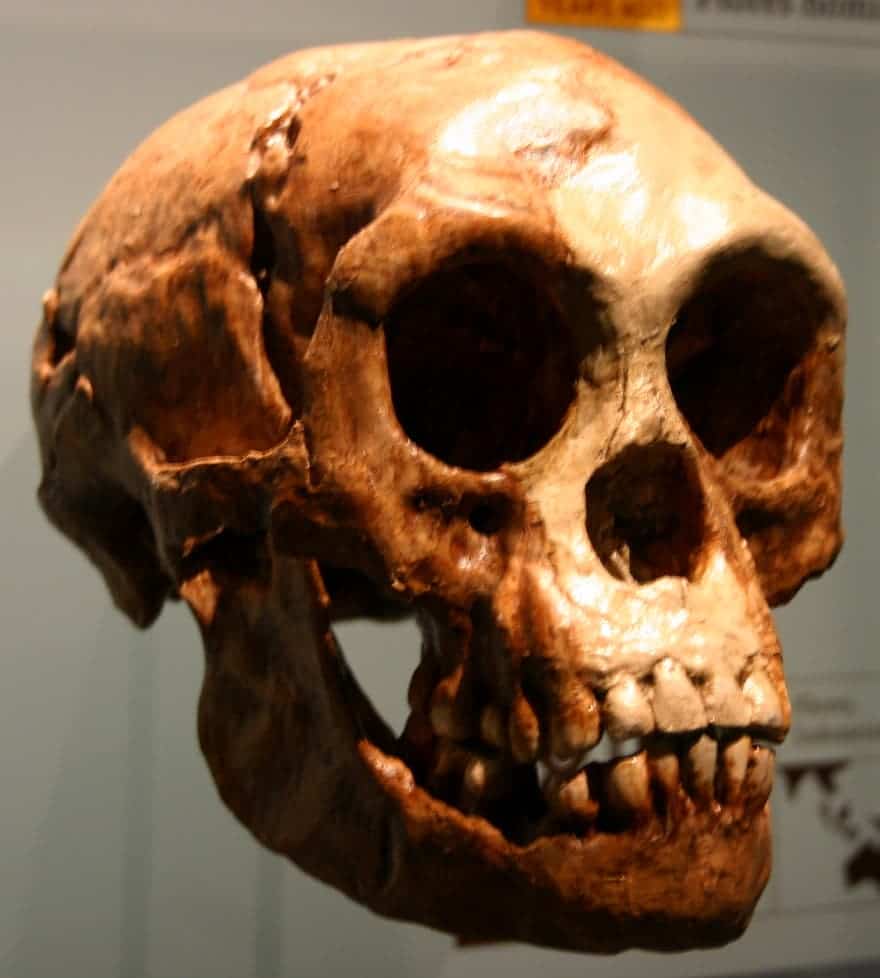The smaller humans who lived on the Flores Island in Indonesia until 12,000 years ago were not Homo sapiens but a different species, a new study confirms.
There were two schools of thought on this. Initially, the discovery of diminutive remains stirred a hot debate in the anthropological world. They were initially though to be a new branch of humans, but not everybody was sold on this theory. The first convincing evidence that they are a different species emerged in 2008, but a group still claimed that Homo floresiensis (as they were called) is not a different species, but that it evolved this way due to nutritional deficiencies, genetic defects or something similar.
Now, this new study builds a stronger case that Homo floresiensis was a different species. Researchers analyzed skull bones and found no evidence of genetic condition. Instead, they argue that this is a case of “insular dwarfing”.
When several generations of an animal are stuck in a relatively small environment like an island, with limited resources, they tend to get smaller and smaller. This process has occurred many times throughout evolutionary history, with examples including dinosaurs, elephants and maybe even humans.
“So far, we have been basing our conclusions on images where you don’t really see very much,” said lead author Antoine Balzeau, a scientist at France’s Natural History Museum.
Together with Philippe Charlier, a palaeopathologist at Paris-Descartes University specialising in solving ancient medical mysteries, they procured high-resolution images recently generated in Japan to compute maps of bone thickness variation.
“There is a lot of information contained in bone layers of the skull,” Mr Balzeau said. “There were no characteristics from our species” — that is, Homo sapiens.
So the “hobbits” are not malformed humans, but this leaves us with another question. Was Homo floresiensis a Homo sapiens that shrunk and changed after it was stuck on an island, or was it a completely new species? The question is still open.










